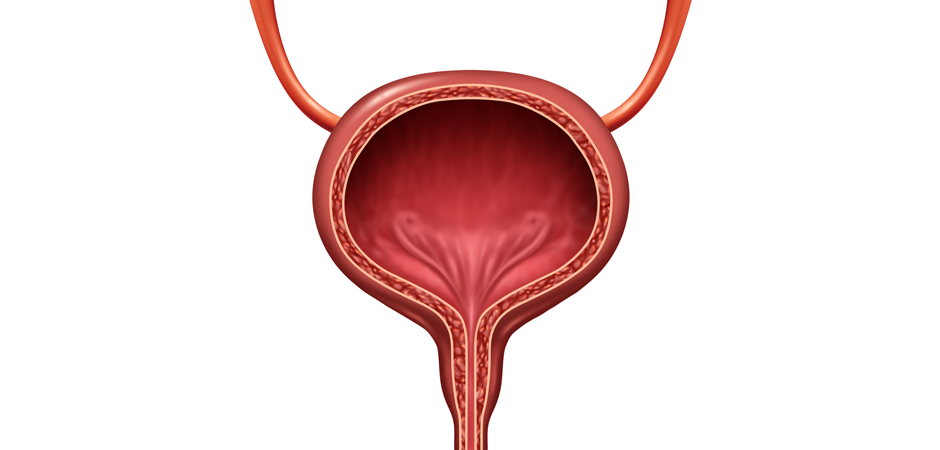
Female urinary incontinence
Urinary incontinence, or urine leakage, is caused by weakened muscles or nerve problems involved in bladder control. In women, pressure on muscles and nerves during pregnancy and vaginal delivery increase their risk as well as hormonal changes during menopause.
Types of incontinence
Stress urinary incontinence – Urine leakage when pressure is placed on the bladder. Sneezing, laughing, coughing, physical exercise and lifting may trigger urine leakage. Stress incontinence develops due to a stretched or weakened pelvic floor muscles.
Overactive bladder – Urinary incontinence occurs when the brain tells the bladder to empty or when the bladder muscles are overactive. In both cases, there will be an uncontrollable and strong urge to urinate and one must rush to the restroom or risk leakage.
Incontinence treatment
Stress urinary incontinence – treatment begins with weight loss to alleviate stress on the muscles and Kegel exercises to strengthen the muscles. The next step may be a sling surgery to support the muscle where the surgeon creates a “sling” out of tissue. The sling is then put under the urethra. The sling lifts the urethra to the neck of the bladder to help prevent leaks. Most sling surgeries are minimally invasive, completed in the office and do not require a hospital stay.
Overactive bladder treatment – treatment usually involves relaxing the muscles with oral medication or Botox® injections to stimulate nerves, which normalizes the communication between the bladder and the brain.
